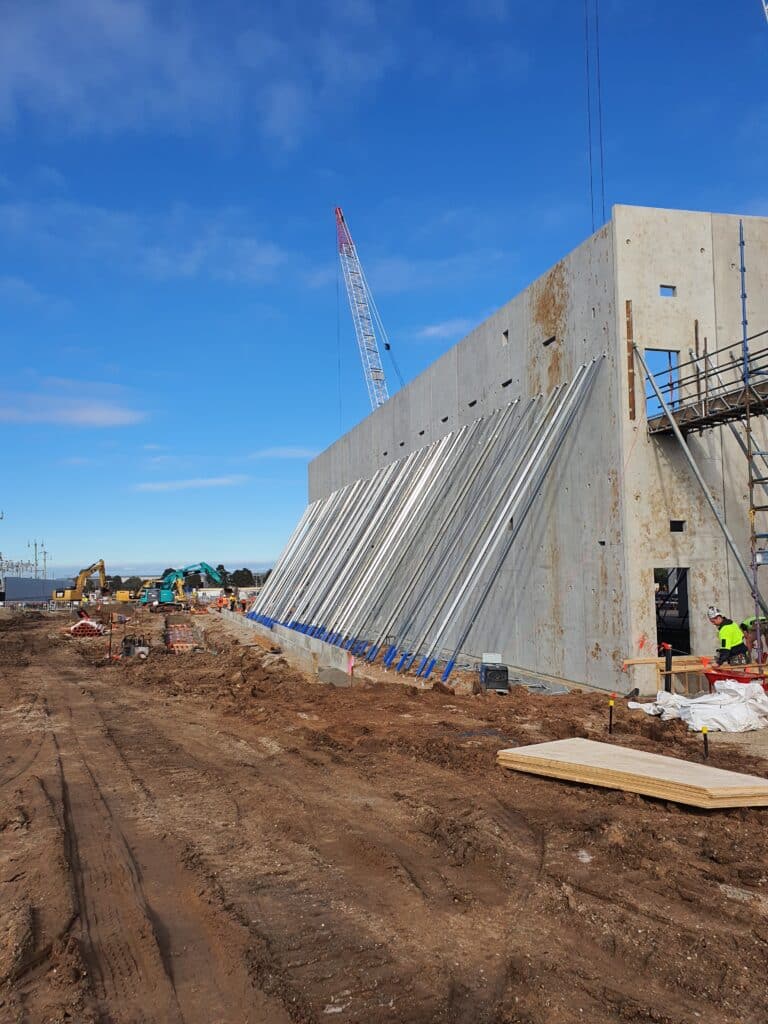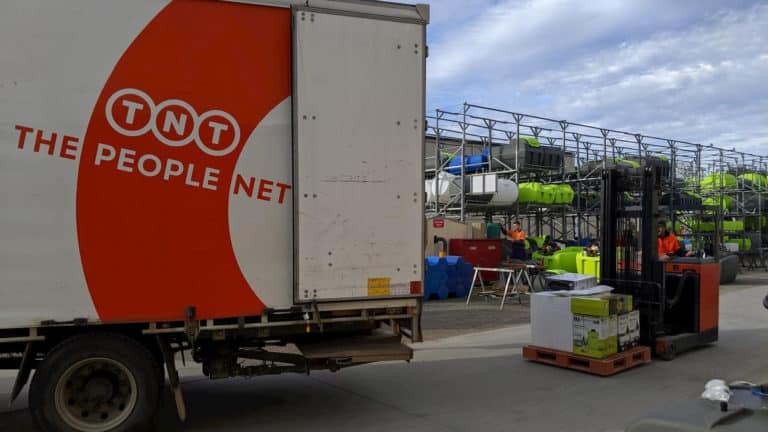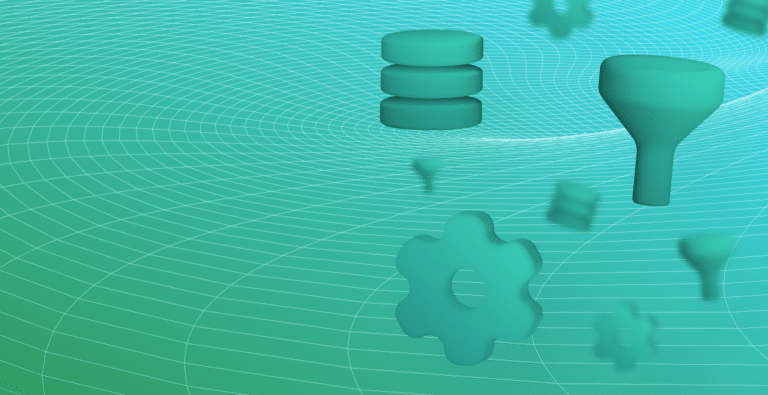Dynamics 365 Business Central (formerly Dynamics NAV, Navision) manages your whole business from end-to-end.
It’s the complete ERP software solution by Microsoft which is easy to install, easy to customise, and easy to use.
A system that runs your business from end to end
Business Central is a Enterprise Resource Planning (ERP) system which is financial at the core and fully integrated across your business.
When all of your team are working in a central system end to end, there’s no delay between members your team. For example at any given time your financials are always up to date, and your sales team knows exactly what inventory is on hand.
Why Dynamics 365 Business Central?
It does exactly what you need it to, from daily operations to management. Increase profits, cash flow and efficiency.
Fenwick has worked successfully with Dynamics 365 Business Central since 1998 so even if there’s something you want to adjust, we know just how to adapt it to suit to your specific workflow.
A simple business solution
One system handles all financial, manufacturing, sales, supply chain, marketing, project management, human resources, and services information. There’s no need for extra software!
Improve your productivity
It feels just like the Microsoft apps your staff already use. Tailor it to suit their unique role. Streamline their workflow and help them achieve more each day.
Make smarter decisions
Make life easier for all your staff. Declutter their workflow. Highlight their priorities. Set the stage for better informed decisions. Analytical and reporting tools give you vital performance insights.
Rapid implementation
The Fenwick team quickly set up Business Central to suit your unique needs. We can adjust it to meet new demands as they appear.
Ready for the future
A system that grows with you. Active investment from Microsoft sees new features added twice a year through updates deployed to your system.
Flexibility for any industry
We know that not every industry works the same. Fenwick pinpoints what you need your software to do. We set up the most relevant and useful features and train your staff to use them.
Download “Why Dynamics 365 Business Central?” to send to a colleague.
Comparing the hosting options
The system can be deployed in a number of configurations whether on-premises or in the cloud.
We’ll work with you to choose the best deployment option based on our understanding of your business and how it operates.

Microsoft Hosted
Let Microsoft do all the heavy lifting. A simple managed solution that will suit most businesses.
- No upfront infrastructure cost
- Automatic updates
- AppSource Marketplace & Extensions
- Subscription licence
Fenwick Cloud Hosted
A balanced, hybrid cloud approach suitable as a stepping stone for a fully hosted Business Central instance.
- No upfront infrastructure cost
- Dynamics NAV add-on compatibility
- Supported embedded enhancements
- Perpetual license compatibility
Self Hosted
Take things into your own hands. The on-premises SKU can be installed on local servers and managed by your IT team.
- Requires server infrastructure
- Supported embedded enhancements
- Perpetual license compatibility
Comparing the different versions
There are three main licensing options for working with Dynamics 365 Business Central:
- Essentials
- Premium
- Team Member
The Premium SKU includes all Essentials functionality, with Service management and Manufacturing added.
Team Member licences are useful for specific roles or occasional users where they only need access to certain parts of the system.
We recommend getting in touch with us to understand and advise the best license configuration for your business.
| Feature | Dynamic 365 Business Central Essentials | Dynamic 365 Business Central Premium |
|---|---|---|
| Unlimited users | ||
| Unlimited number of companies | ||
| Customization and extensibility | ||
| Multiple environments | ||
| Finance management | ||
| Sales and marketing | ||
| Sales and delivery | ||
| Purchasing and payables | ||
| Inventory | ||
| Supply planning and availability | ||
| Project management | ||
| Service management | ||
| Warehouse management | ||
| Manufacturing |
Ready for the future
International users inform its development so each update keeps you in line with best business practices from around the world.
Regular updates help keep you up to date with new functionality and industry standards, giving you a competitive edge.
Review our Upgrading Dynamics 365 Business Central & Dynamics NAV if you’re on-premises and looking to update.
Case Studies
Our clients love we what we do. The right business system can make all the difference in an implementation.

Nexus Construction Systems
Discover how we helped Nexus Construction Systems upgrade to Microsoft Cloud, improving efficiency, data insights, and equipment hire management.

St Vincent’s Institute of Medical Research
Learn how we helped SVI, a leading medical research organisation, enhance operations, improve budget management, financial visibility, and efficiency.

Twinings
Discover the success story of Twinings as they tackled operational challenges and upgraded their ERP systems for improved efficiency.

Planex
Planex partnered with us to implement a new MRP system to suit a long-lasting simple ethos.

Cobram Estate
Since 2015, we have supported Cobram Estate as their dedicated Microsoft Dynamics resource.

Trans Tank International
Integrating TTi with a shipping solution that synchronises with Business Central.
Articles
With multiple decades of working with Business Central, we’ve gained a broad knowledge of the system and how it can help business.
We write articles about our experiences with the system and businesses on a semi-regular basis to help share our expertise.

My Journey Through the Microsoft Reskill Program
From accounting to ERP consulting & life at Fenwick The Microsoft Reskill Program offers a structured and supported pathway into ERP consulting, with targeted training

Directions NA & Asia 2025: Final Roundup
The 2025 Directions North America and Asia events marked a pivotal moment for the Microsoft Dynamics 365 Business Central ecosystem. Bringing together partners, ISVs, and Microsoft leaders, these conferences highlighted the latest innovations, product roadmaps, and real-world success stories driving the future of modern business software. From AI-powered capabilities to enhanced development tools and global collaboration, the momentum across the ecosystem is undeniable. Here are the standout takeaways and highlights from this transformative year.

Introducing Fenwick Apps: A New Chapter for Our App Ecosystem
Introducing Fenwick Apps: a global evolution of our app ecosystem designed to make Business Central better, smarter, and partner-ready.

Sustainability Reporting in Dynamics 365 Business Central
Overview of Australia’s new ESG reporting requirements Starting January 2025, sustainability reporting will be mandatory for many businesses in Australia. This change is part of

Improving Business Central Page Performance
Learn the key factors slowing down your Business Central page performance and effective tips to boost page speed and efficiency.

Why you should migrate from Dynamics GP to Dynamics 365 Business Central
Find out why migrating from Dynamics GP to Dynamics 365 Business Central offers greater scalability, efficiency, security, and a modern user experience.
See Dynamics 365 Business Central in action
Want to see how it works? Check out the Guided Tour.
Speak with us for tailored demo specific to your business.
